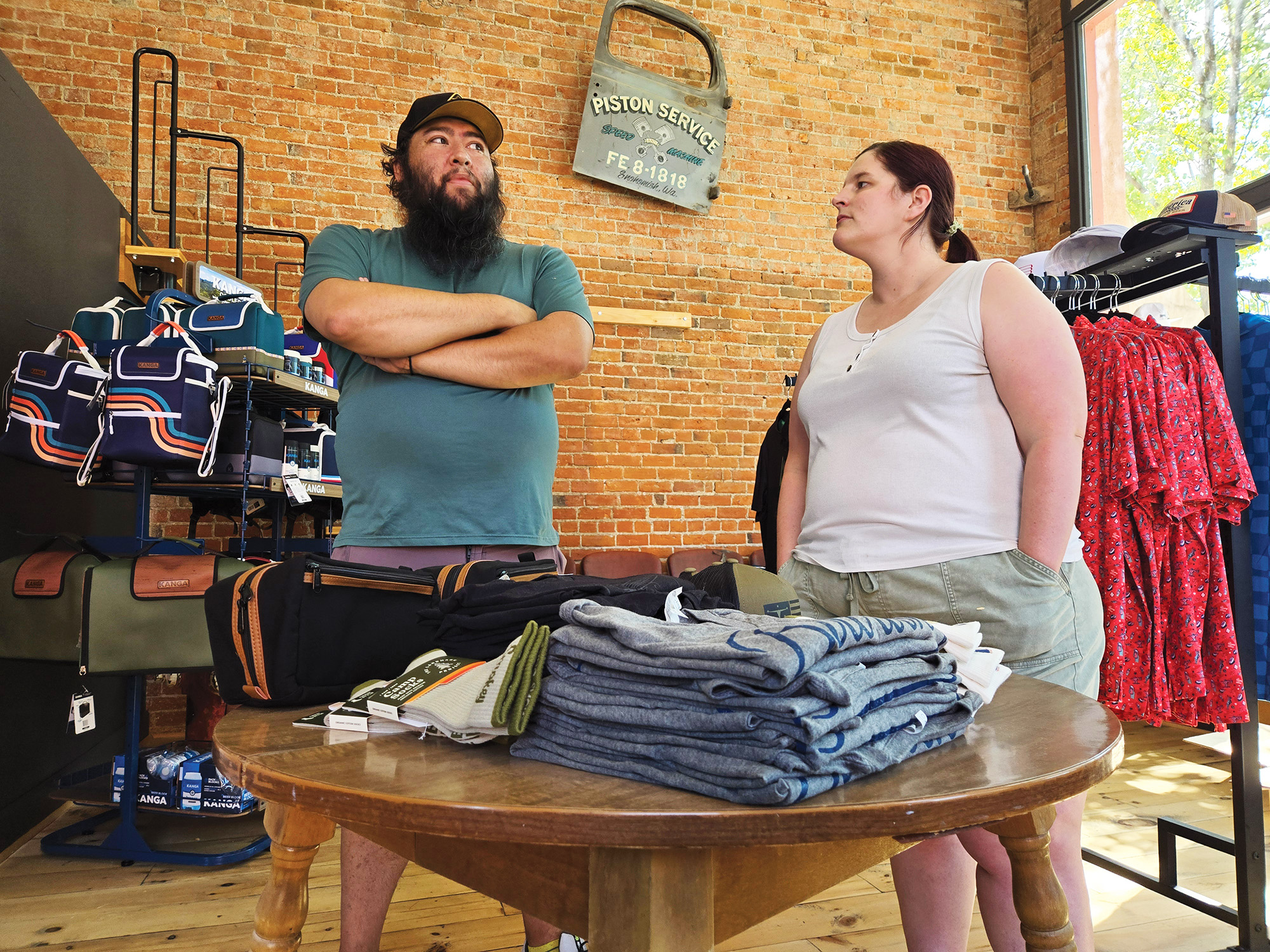COLUMN: Paying the price for another slothful autumn
Published 2:23 pm Friday, March 12, 2021
The problem with leaves is that they don’t.
Trending
Leave, that is.
Every autumn, while engaged in the seasonal ritual of raking, I convince myself that the scattering of leaves which get stuck around the bases of shrubs or in other inaccessible spots will eventually go away.
I am quite persuasive.
Trending
I assure myself that the leaves, left to themselves and exposed to the gales that are apt to arrive on occasion between Halloween and Easter, will bustle off to the adjacent field or out onto the street, beyond the reach of my rake and, more important, my concern.
Perhaps this is true of certain leaves.
But it is decidedly not so with my leaves.
We have several types of trees on the place but the most prolific leaf-producers are the several willows.
There is a weeping willow, and four or five others whose variety I can’t remember.
As willows are wont to do, each of these trees produces every year a prodigious volume of long, narrow leaves. Willow leaves, despite being shaped rather like spears, are not aerodynamic.
The physics of the matter are beyond my ken, but it seems to me that willow leaves, lacking the surface area of, say, maple leaves, are less likely to catch the wind and sail away.
Once winter arrives and the snow conceals my sloth, I temporarily forget about the leaves.
The pristine white scene hides all manner of sins — the garden tool I neglected to return to the shed, the abandoned lawn sprinkler, the plastic fire engine that my grandson, Brysen, was the last to touch.
But then along comes a balmy morning in March, and the snow retreats to reveal the leafy reality.
I happened to look out my bedroom window on just such a day recently and I noticed that the west side of our lot — the side where most of our willows grow — looked rather like the yard of a homestead abandoned decades ago.
The ground was littered with a messy mixture of limbs — willows shed these almost as readily as a shaggy dog transfers fur to a new sofa — piles of pebbly brown deer scat, and dingy old snow.
And, of course, leaves.
But these leaves aren’t the colorful, pleasantly scented leaves of a brilliant October day.
In the climatic purgatory of early March in a mountain valley, where snow squalls and sunshine swap places seemingly on an hourly basis, willow leaves are a uniform slate-grey and coated with a cold slime.
You don’t so much rake them as scrape them.
I used a hand trowel to peel the leafy layers, more the method of a geologist than a gardener.
Indeed the procedure told a story of sorts, just as examining the strata of stone can do.
Beneath the sodden surface layer of decaying leaves the trowel blade clanged off a congealed melange of ice and granular snow.
I felt the slight thrill of discovery, and a twinge of nostalgia as I recalled the snowfalls of a winter now almost past.
These frozen traces also bolster my belief that my haphazard handling of leaves each autumn is justified.
This is proof, or so I tell myself, that willow leaves are effective insulation, and that by maintaining our landscaping in an unkempt manner I deserve not to be branded as lazy but rather celebrated for protecting the roots of the perennials from the ravages of arctic fronts.
This is scanty evidence, to be sure — unlikely to persuade the most credulous jury.
But my threshold for proof is low, and I am satisfied.
Anyway it’s pleasant just to be out in the good air, feeling the cold earth, knowing that soon enough, with the sun’s aid, it will yield its annual bounty of the warm and living green.
The next day the snow slunk back and the slate once again was white and clean, waiting for new stories to be written.
Jayson Jacoby is editor of the Baker City Herald.








